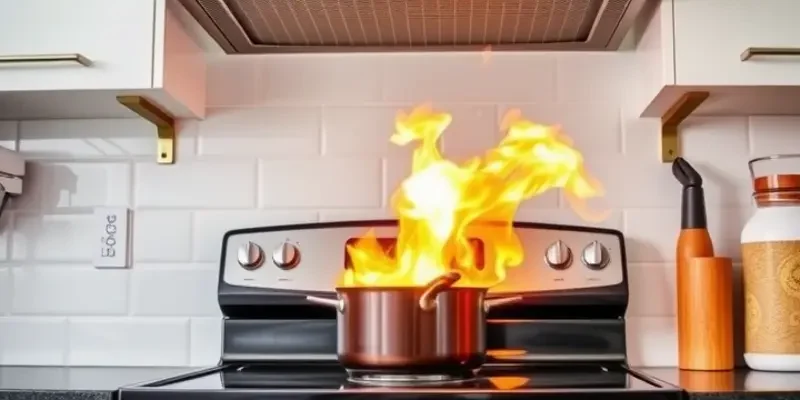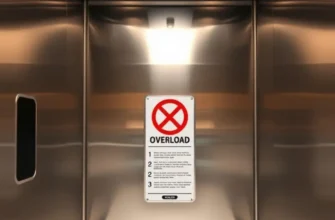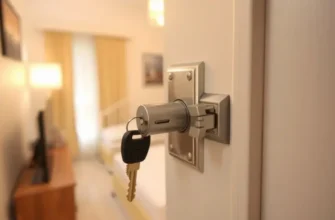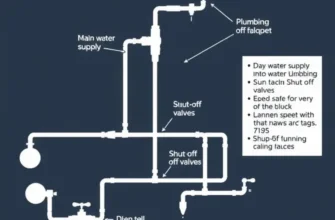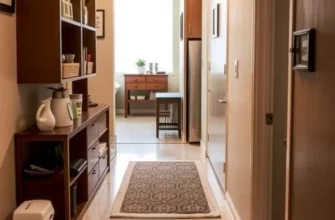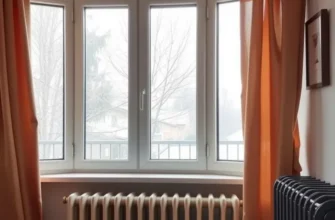Apartment living offers many conveniences, but it also comes with unique fire safety responsibilities. As a renter, prioritizing fire prevention not only protects your belongings but also ensures the safety of your neighbors. Understanding and implementing basic prevention measures can help create a secure living environment for everyone. This guide provides practical steps for fire safety, tailored specifically for renters. From identifying potential hazards to choosing the right safety equipment, you’ll discover how to make simple, effective changes to your apartment. Together, we can reduce risks and enhance your peace of mind in your living space. Let’s dive into actionable solutions that can help keep you and your loved ones safe in your apartment.
Understanding Fire Risks in Apartments
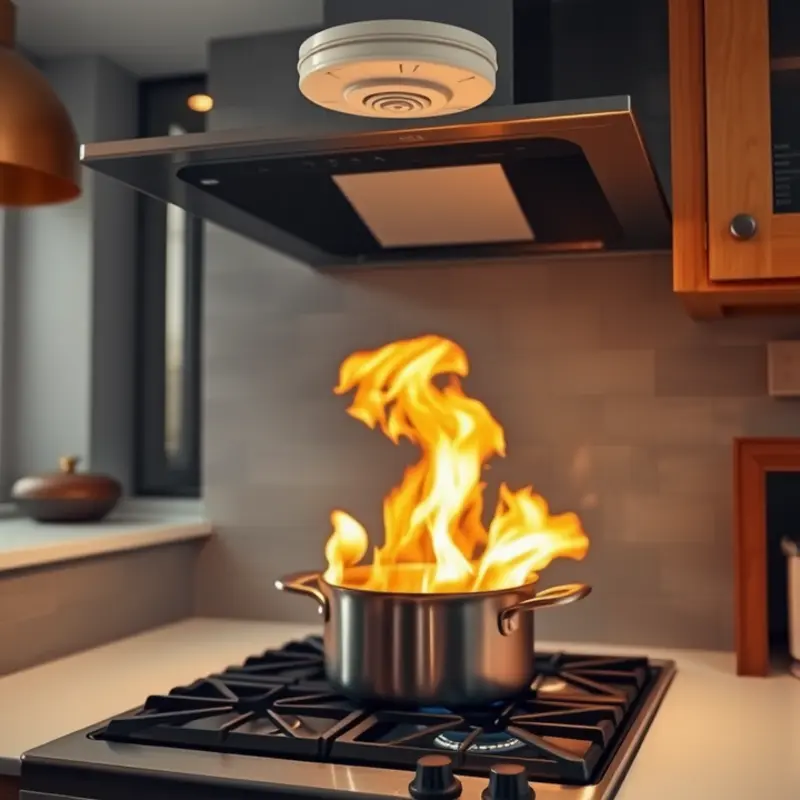
Living in an apartment offers numerous conveniences, but it also presents specific fire risks that tenants should be aware of to ensure safety. Recognizing these hazards is the first step in mitigating them and keeping your living space safe.
Cooking remains one of the most frequent causes of fires in apartments. Unattended stoves, overheated oil, or flammable items left too close to burners can quickly turn into a dangerous situation. To prevent cooking fires, never leave cooking food unattended and always turn off the stove or oven if you need to step away. Keep flammable items like paper towels and dishcloths away from heat sources, and consider investing in a small fire extinguishing device suitable for kitchen use.
Electrical malfunctions are another significant source of fire hazards. Overloaded circuits, faulty wiring, and the misuse of extension cords can all lead to fires. Renters should ensure that electrical appliances are in good working condition and not use extension cords as permanent wiring solutions. If any signs of electrical trouble, such as frequent tripped breakers, flickering lights, or buzzing sounds from outlets, are present, it’s crucial to contact your building’s maintenance team for a thorough inspection. Maintaining communication with your building management about potential electrical issues is essential for safety and can also be supported by following roommate communication tips if you share your living space.
The presence and proper maintenance of smoke alarms in every apartment cannot be overstated. Smoke alarms are critical in early fire detection, providing an opportunity for tenants to evacuate safely. It’s imperative to test smoke alarms monthly and replace batteries at least once a year. Familiarize yourself with the location of smoke alarms in your apartment and ensure that they are not obstructed by furniture or decorations. If your apartment is equipped with smoke alarms connected to the building’s fire system, verify with your landlord or building manager that regular maintenance checks are conducted.
In summary, understanding and managing fire risks in apartments involves a proactive approach. Regular checks, good practices, and open communication with building management significantly enhance your safety. By focusing on cooking safety, addressing electrical concerns promptly, and ensuring smoke alarms are functional, renters can enjoy peace of mind while keeping their homes secure.
Essential Fire Safety Measures for Renter Peace of Mind
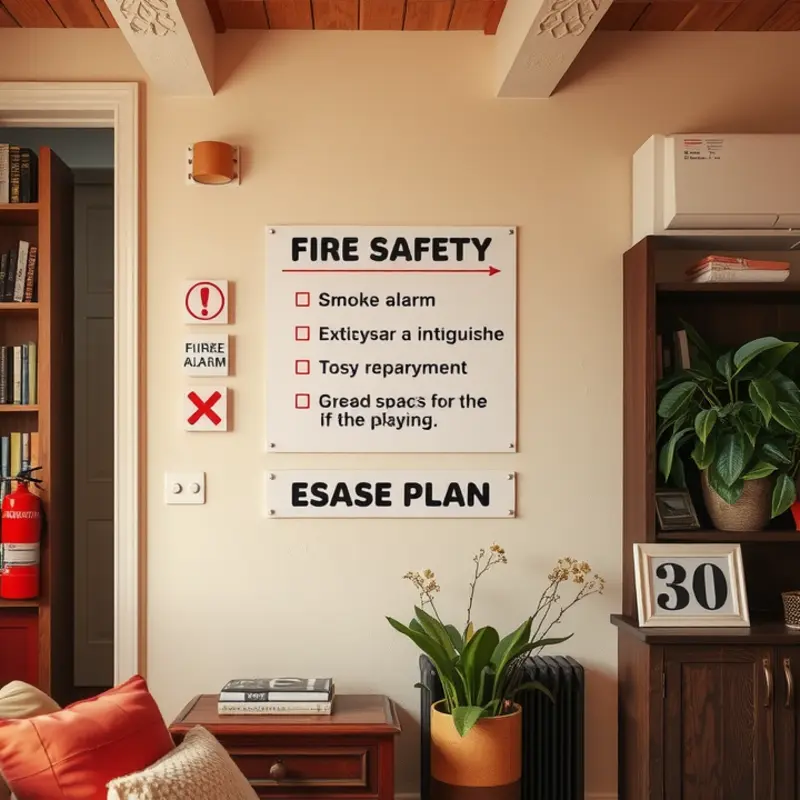
Living in an apartment can provide comfort and convenience, but it also requires responsibility in maintaining a safe environment. As a renter, being proactive about fire safety is crucial to protect yourself and your neighbors. This checklist will guide you through essential fire safety measures to ensure peace of mind.
-
Install and Maintain Smoke Alarms
Smoke alarms are a vital part of your apartment’s fire protection system. Ensure that each room, especially sleeping areas, has a properly installed smoke alarm. Test them monthly by pressing the test button. Replace batteries at least once a year or whenever you hear a low-battery chirp. Never disable a smoke alarm, even temporarily. If there’s an issue with placement or functionality, contact your landlord immediately. -
Have a Fire Extinguisher Accessible
A fire extinguisher can be an effective tool in combating small fires. Ensure that you have at least one multi-purpose fire extinguisher in an easily accessible location, such as the kitchen, where many fires start. Familiarize yourself with its operation. Remember the acronym PASS: Pull the pin, Aim low, Squeeze the lever, and Sweep side to side. Check the extinguisher’s pressure gauge monthly to ensure it’s charged and ready for use. -
Create an Emergency Escape Plan
Plan and practice how you and your family will exit the building in case of a fire. Map out two escape routes from each room. Designate a meeting place outside and ensure everyone is aware of it. Conduct regular fire drills to ensure everyone remains familiar with the plan and can evacuate safely and quickly. If you or someone else in your household has mobility challenges, plan for their assistance in your drill. -
Safe Storage of Flammable Items
Flammable items, such as cleaning supplies and cans of paint or solvent, should be stored properly to minimize fire risks. Keep these items in a cool, dry place away from heat sources and open flames. Importantly, never store flammable materials in residential areas. Choose locations like utility closets or garages where they are less likely to pose a hazard. -
Mindful Cooking Practices
Cooking is a leading cause of residential fires. Always stay in the kitchen while cooking and keep a watchful eye on what you’re preparing. Avoid wearing loose clothing that might catch fire. Keep flammable items like dish towels or curtains away from the stove. -
Be Informed on Building Fire Safety Features
Know the fire safety features available in your apartment building. This might include sprinkler systems, fire exits, and alarms. Review information provided by your landlord or property management, and don’t hesitate to ask questions.
By incorporating these fire safety measures, renters can play a significant role in keeping their homes and communities safe from potential fire hazards. For more detailed insights on maintaining a secure home environment, consider exploring renters insurance as part of your overall safety plan.
Final words
Fire safety in your apartment is a shared responsibility and can be made simple with the right precautions in place. By understanding common risks and implementing key safety measures, you can enjoy peace of mind knowing you have taken steps to protect yourself and your neighbors. Remember that safety inspections and maintenance are often the responsibility of your landlord, so don’t hesitate to communicate any concerns. Regularly check smoke alarms, maintain accessible exits, and keep flammable materials secure. The effort you invest today can significantly reduce the risk of fire-related emergencies tomorrow.

